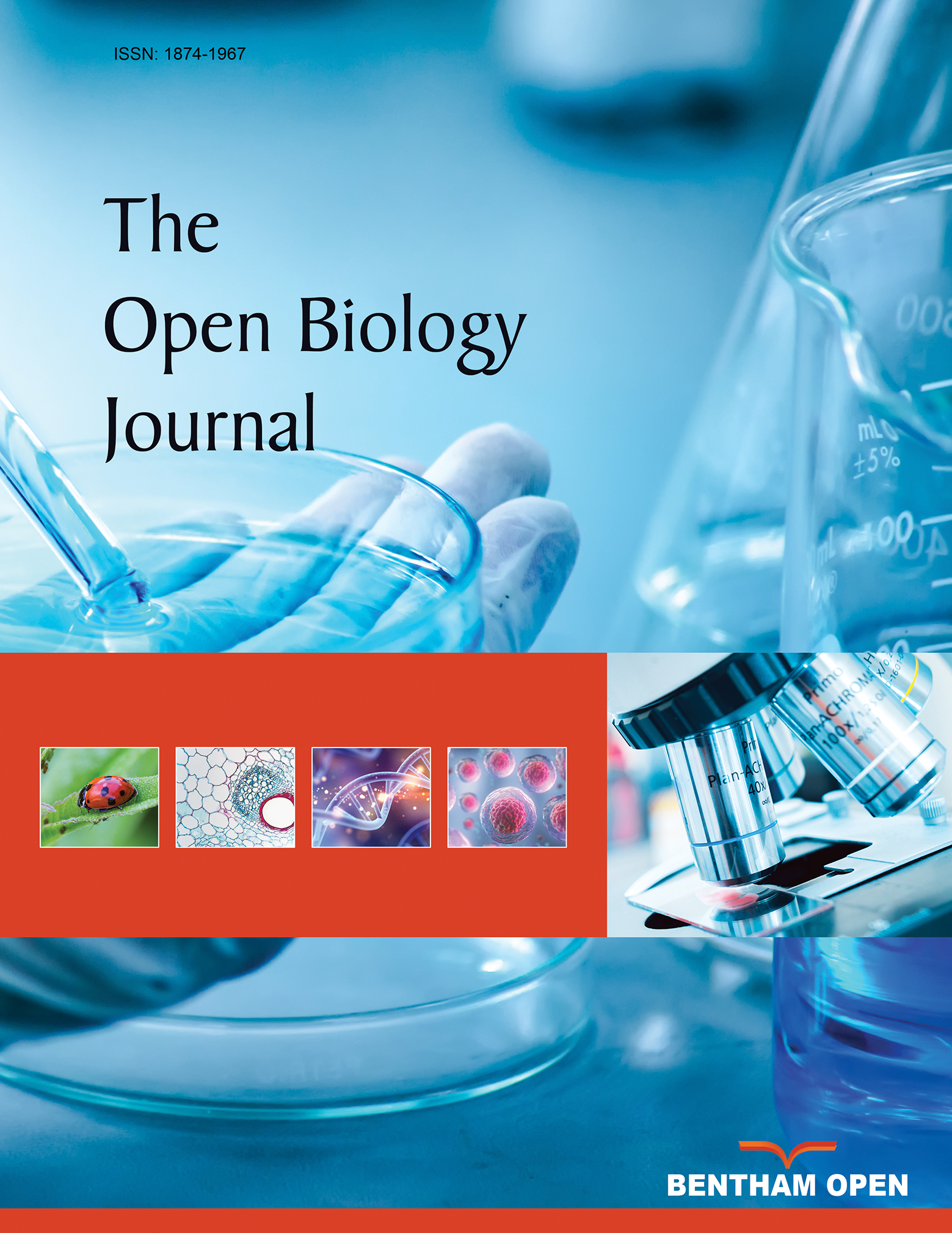All published articles of this journal are available on ScienceDirect.
Comparative Physiology of the Respiratory System in the Animal Kingdom
Abstract
The inconstant environment in which animals lives and the variation of their metabolic states determined the gas exchangers system that must be able to operate efficiently across a spectrum of conditions that range from resting to exercise and even under hypoxia. The primordial respiratory organs that evolved for water breathing were the gills, evaginated gas exchangers, whereas for terrestrial air breathing developed a invaginated gas exchangers, the lungs. Specialized organs evolved for animals that can extract oxygen from water and air, consider as a transitional breathing (or bimodal). From amphibians to mammals, it is possible to verify that the dimensions of their respiratory units are being increasingly smaller and the number per unit of lung volume increases. The evolution of the vertebrate respiratory system achieved its most efficient state in birds, with their constant volume parabronchial lungs and their highly compliant air sacs with low pressure ventilation that, enabling them to sustained flapping flight. In contrast, the mammalian bronchoalveolar lungs, with their mandatory high-pressure ventilation and great volume changes, allowed the development of adaptations that favour, for example, a highly mobile trunk for high velocity running predators or to live in a deep-sea.


